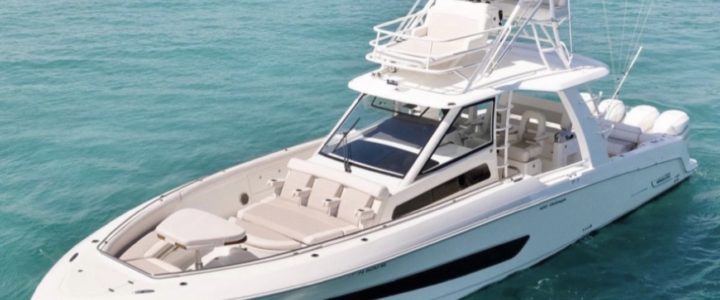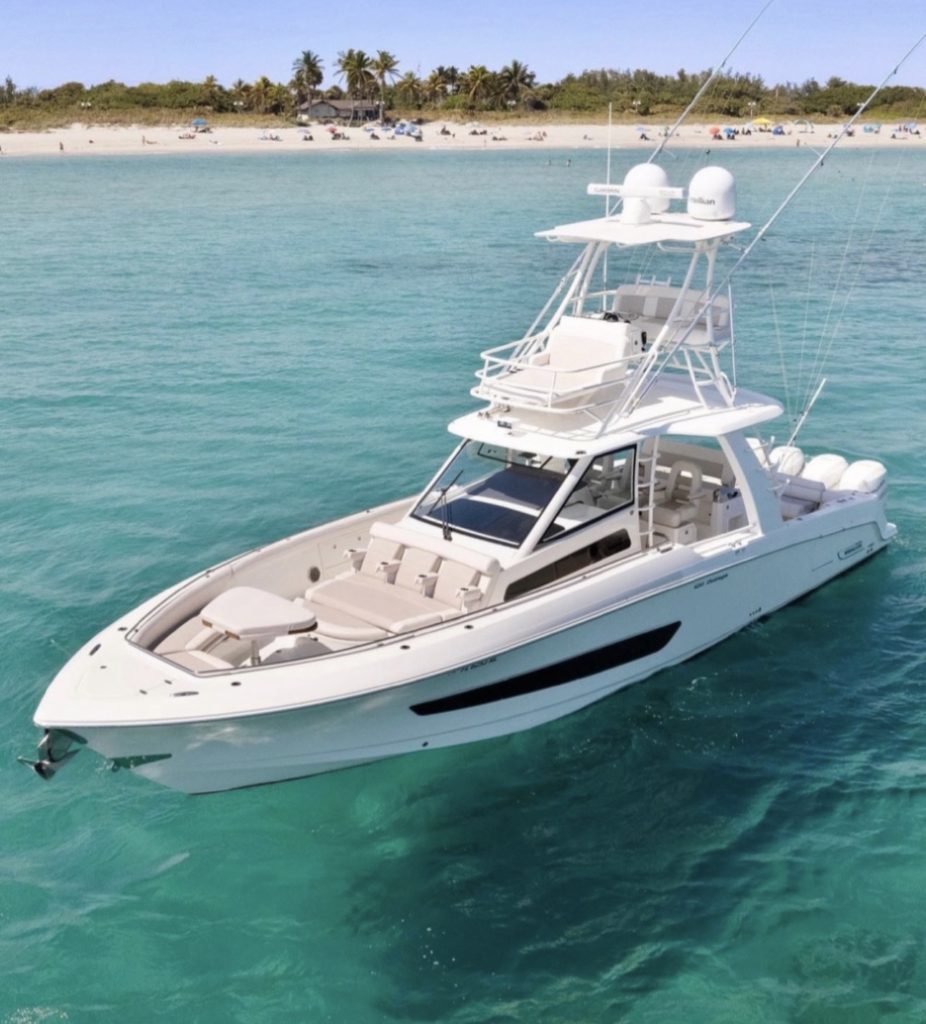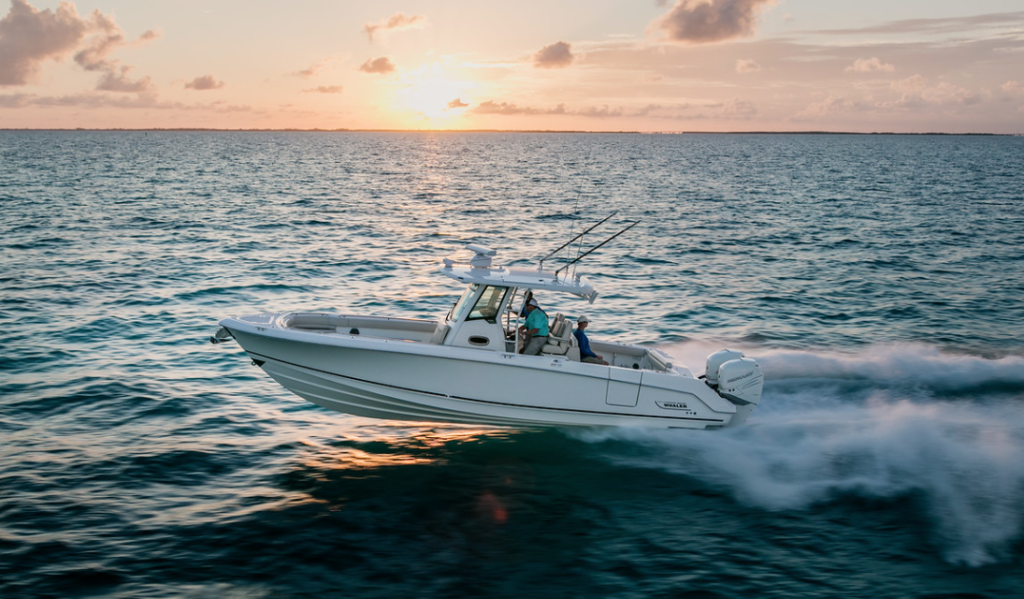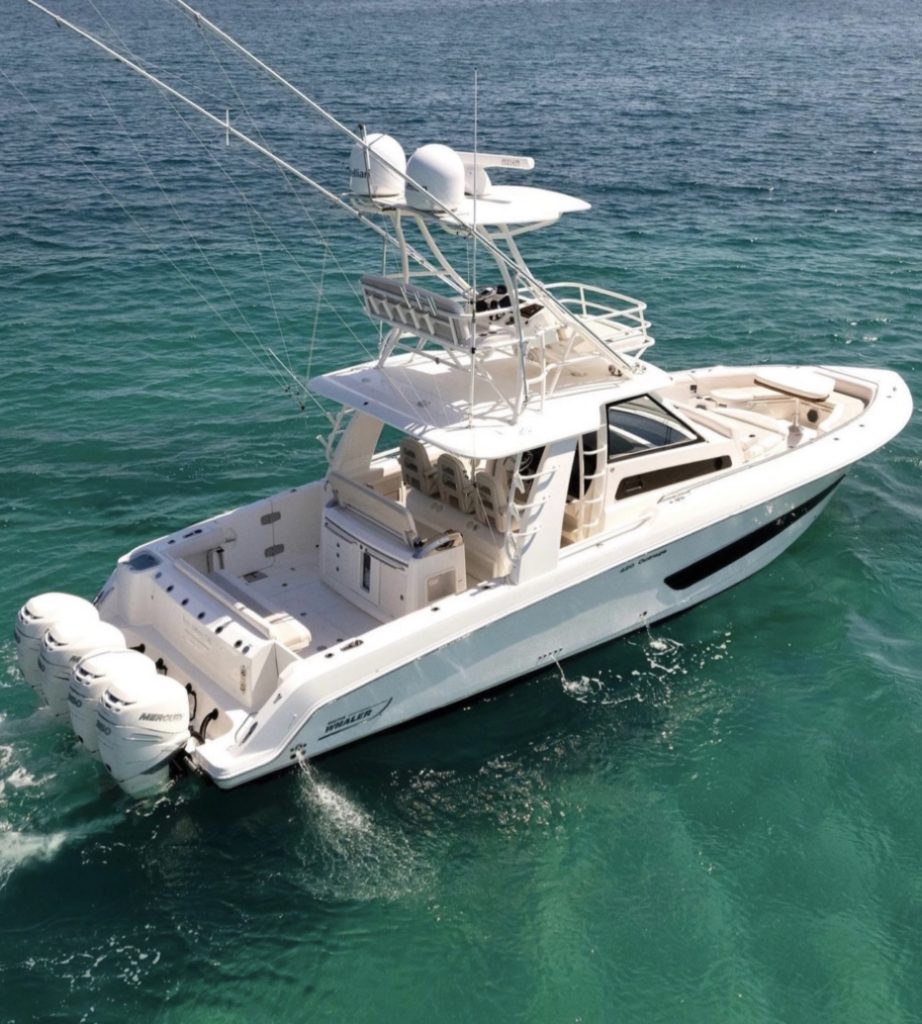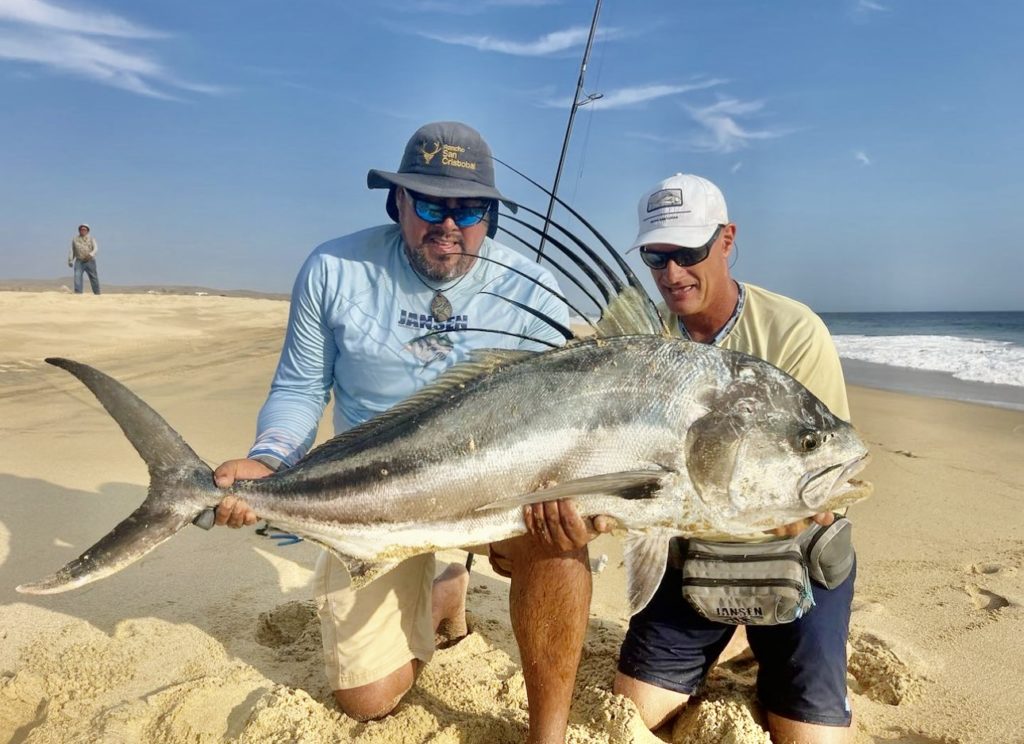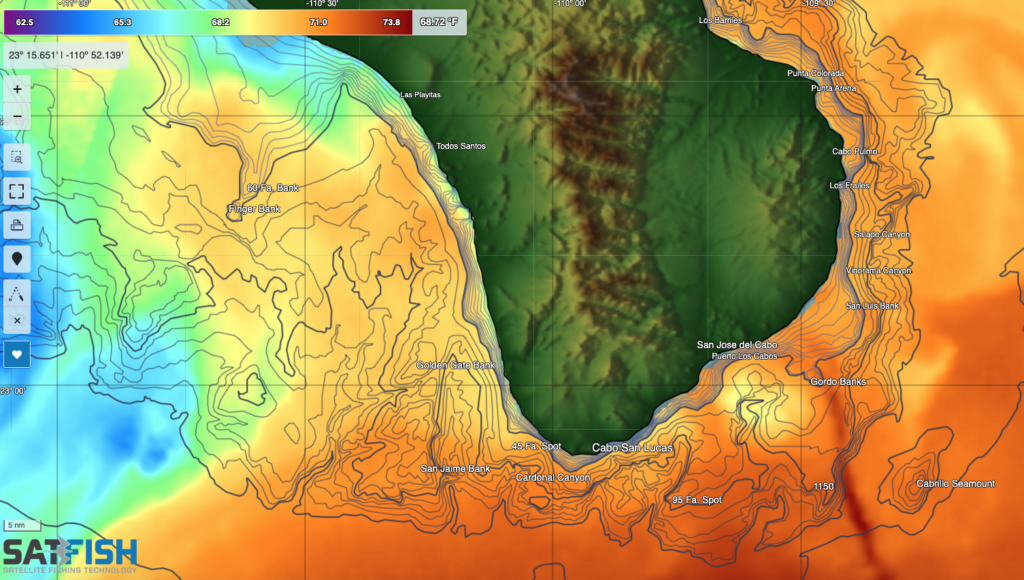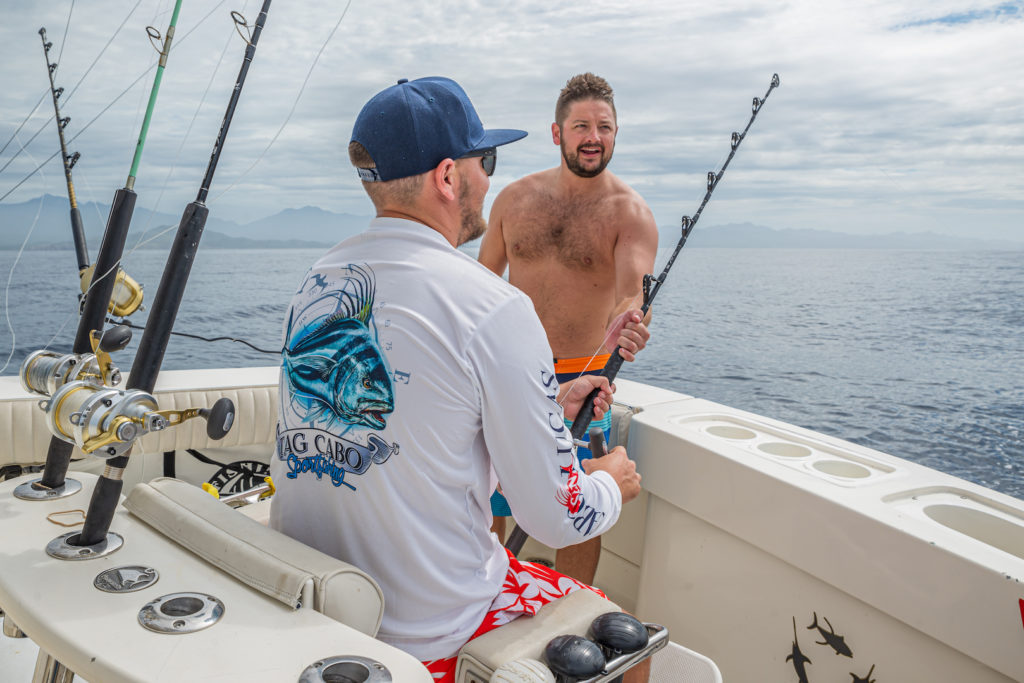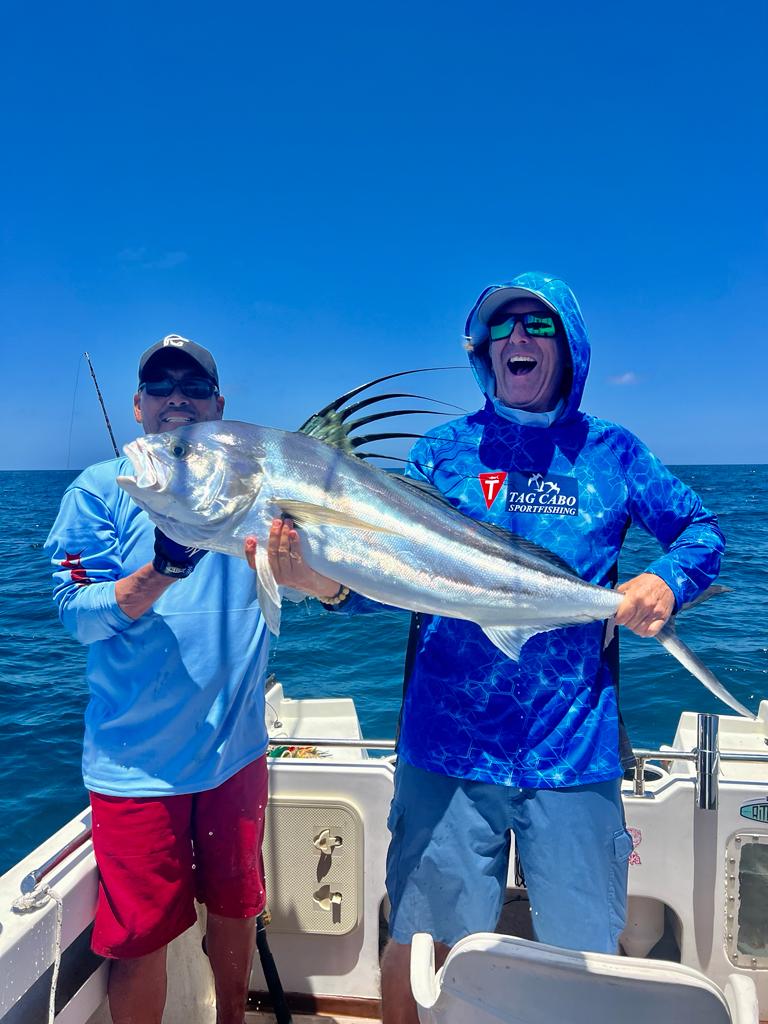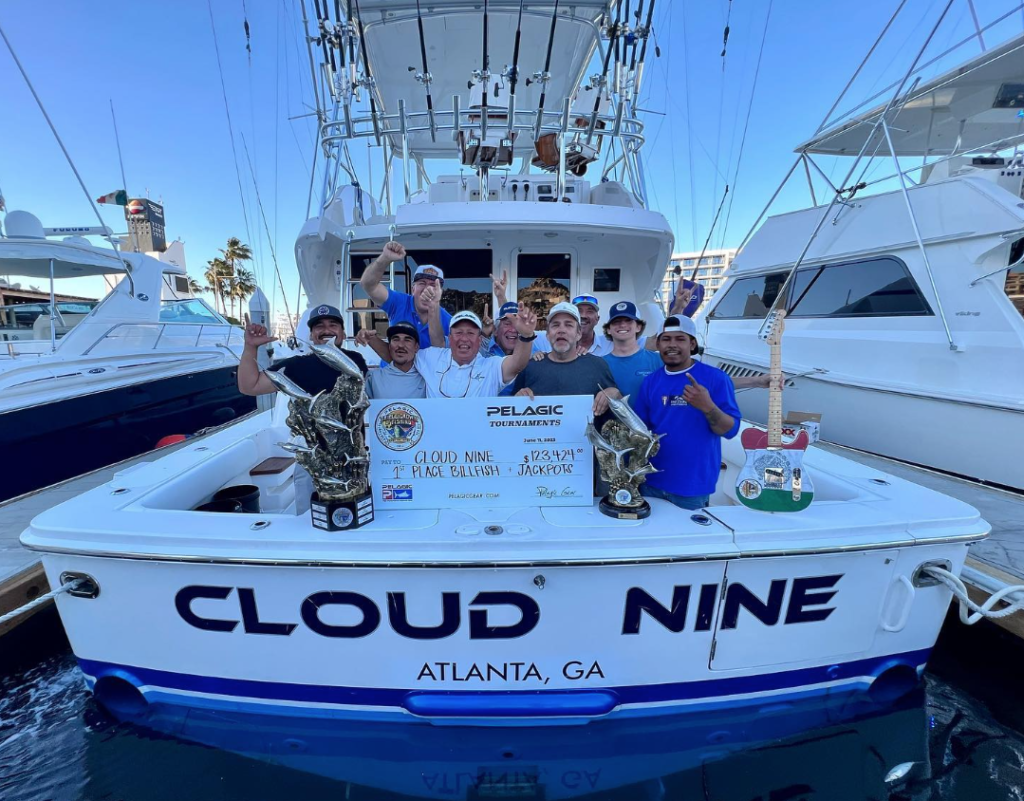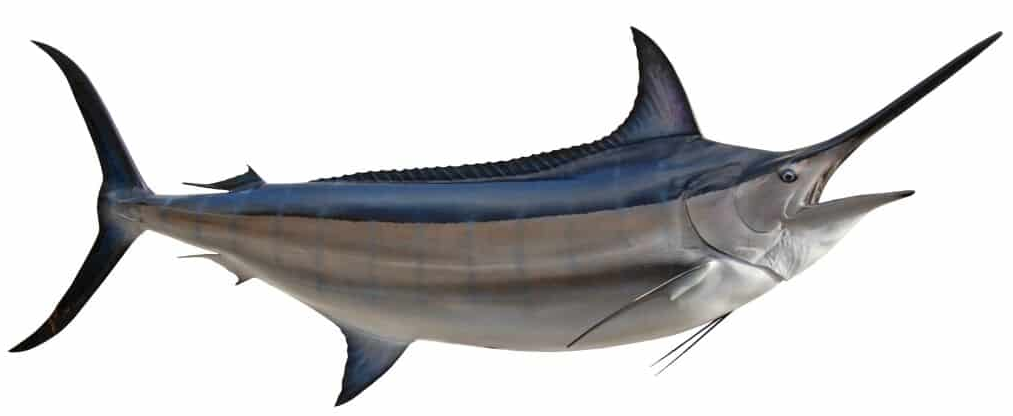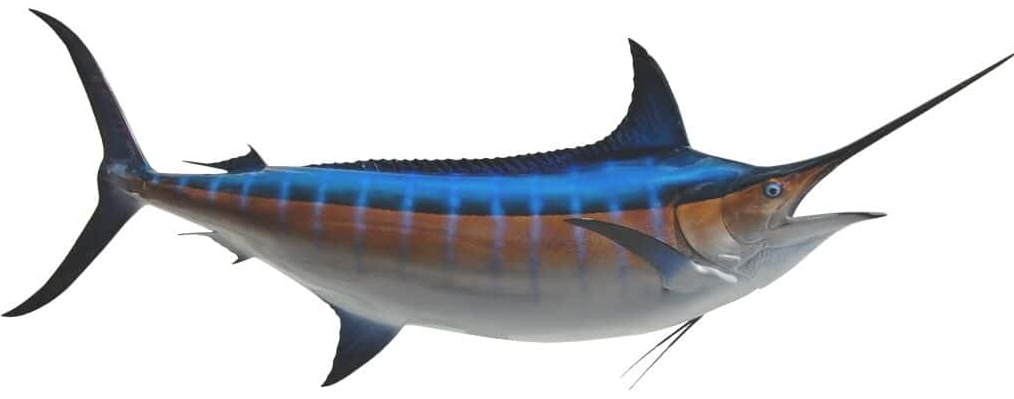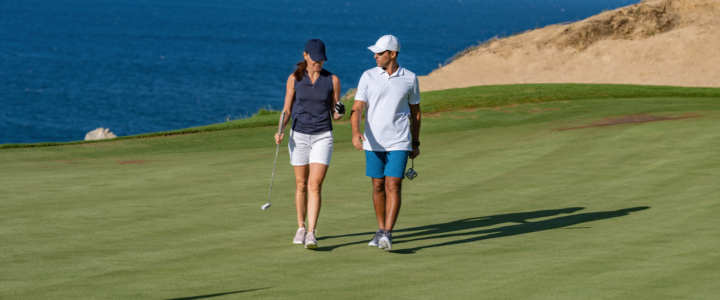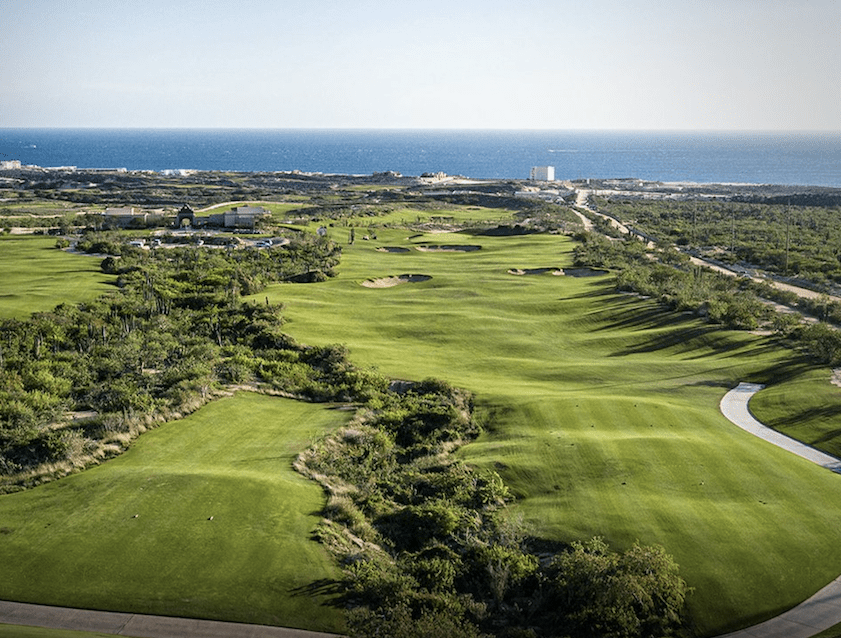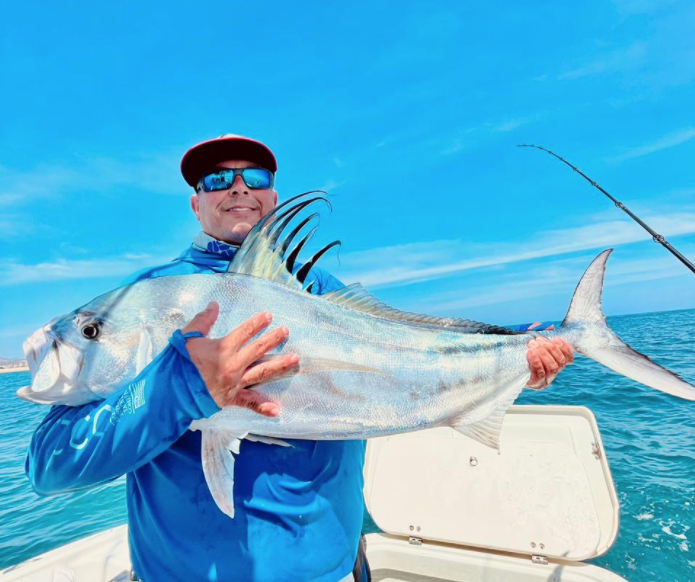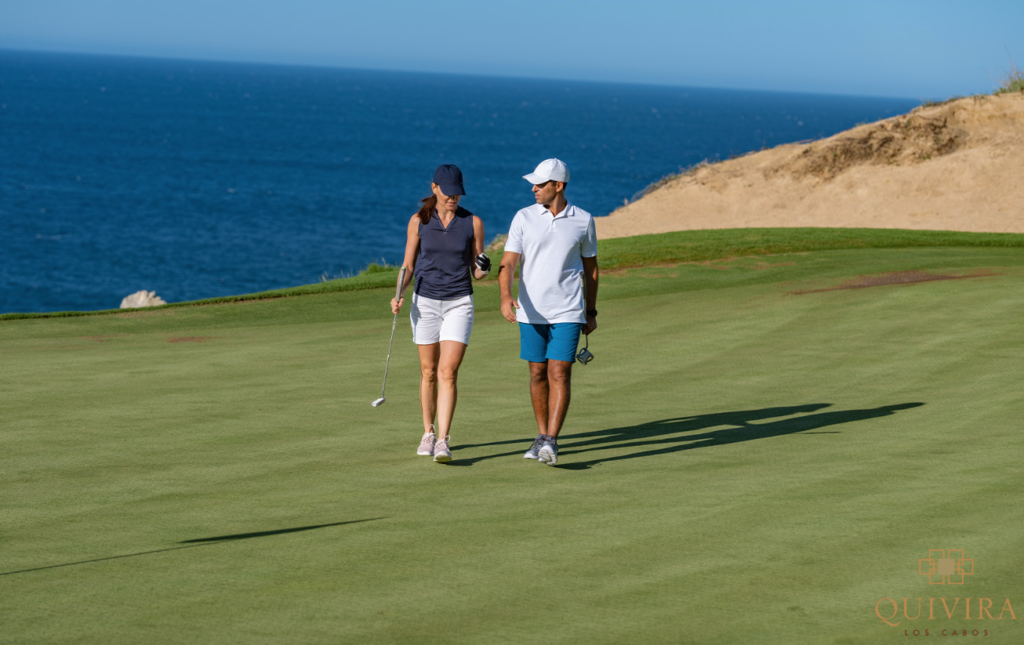Boston Whaler boats, known for their unsinkable nature, superior quality, and exceptional performance, are an attractive option for any water enthusiast. However, purchasing a boat is a significant investment, so it’s essential to thoroughly consider your decision. Here are the top ten questions you should ask yourself before buying a new Boston Whaler boat.
- What is my budget? The first question you should ask yourself revolves around finance. Boston Whaler boats vary significantly in price depending on the model, size, and additional features. Be realistic about what you can afford, including additional costs such as insurance, maintenance, docking fees, and fuel.
- What will I primarily use the boat for? Boston Whalers are versatile, suitable for activities ranging from leisure cruising to fishing and water sports. However, each model has unique features and specifications that might make it more suitable for specific activities.
- What size boat do I need? Size matters when it comes to boats. Larger boats offer more amenities and space, but they also require more upkeep and can be trickier to handle. Consider how many people you plan to accommodate and the kind of activities you want to do.
- New or pre-owned? While this article focuses on new boats, don’t dismiss the possibility of a pre-owned Boston Whaler. They maintain their value well, and a used boat might offer excellent value if you’re budget-conscious.
- Where will I dock or store the boat? Storage is a vital consideration. If you don’t have a personal dock, you’ll need to consider marina slip fees. If you plan on trailering, make sure you have the appropriate vehicle and consider the boat’s weight and size.
- What kind of engine do I need? Boston Whalers come with a variety of outboard engine options. If you’re into water sports, you might need more horsepower than if you’re planning for relaxed cruising.
- How comfortable am I with maintenance? Boats require regular maintenance to keep them running smoothly and preserve their value. If you’re not comfortable with DIY upkeep, you’ll need to budget for professional servicing.
- What additional features do I want? From GPS systems to premium sound systems, there are numerous add-ons available. Consider which features you desire and whether they fit within your budget.
- What safety features does the boat offer? Boston Whaler boats are known for their safety, but it’s still important to familiarize yourself with the safety features of the specific model you’re considering.
- Have I done a thorough market comparison? Although Boston Whaler boats are renowned for their quality, ensure you’ve considered other brands and models in your price range before making your decision.
Tag Cabo Sportfishing: Your Official Boston Whaler Representative in La Baja
Embarking on the adventure of purchasing a Boston Whaler requires guidance from a trusted, knowledgeable source. As an official representative in La Baja, our team is poised to provide just that, tailoring your boat-buying experience to your unique needs and budget.
We take pride in helping you navigate through a wide range of models, features, and pricing options. Our expertise ensures that your Boston Whaler aligns perfectly with your expectations and lifestyle.
But our assistance doesn’t stop at the point of purchase. We recognize that boat ownership requires significant commitment and attention to detail. To help lighten this load, we offer comprehensive boat and yacht management and servicing. This includes tasks like docking, cleaning, and maintenance, ensuring your Boston Whaler remains in optimal condition and ready for your next adventure on the water.
With our longstanding connections on the Baja Peninsula with suppliers, governing bodies, and labor, we are uniquely positioned to handle all of your management needs while in the waters and ports of Baja. Our goal is to take the pressure and stress off your team, enabling you to focus on crafting the best possible experience for owners and guests.
As your trusted partner, we strive to ensure your journey into Boston Whaler ownership is smooth, enjoyable, and free from unnecessary hassles. Trust us to guide you every step of the way, offering expert care and peace of mind as you explore the sea in your Boston Whaler.
You can reach us by phone at 52 624 168 9544 , or by email at tagsportfishing@gmail.com . Our office hours are from 9am to 9pm, but if you reach us outside of these hours, please leave a message and one of our team members will get back to you as soon as possible.

